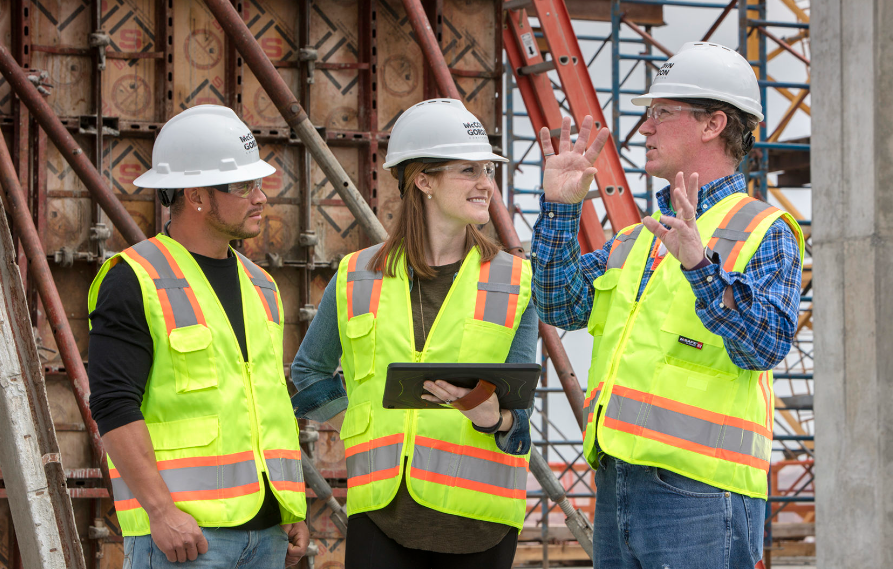Project managers must single out all the possible safety risks before starting a construction project. For example, the supervisor needs to prepare for glaring hazards, such as a fall, because it might be fatal.
This blog will educate you on the main contents of a site-specific plan in NZ today.
What Do Managers Add in a Site-Specific Safety Plan?
A comprehensive site-specific safety plan must have the following subsections.
-
Safety risks
A site supervisor should research to know what risks they must prepare for before budgeting for a construction project. For example, they should hire scaffolding to prevent workers from falling when painting or constructing a wall.
-
Construction Equipment
Secondly, site managers should identify all the heavy equipment they need for this building project. For example, they may need loaders, excavators, and wheel tractors.
-
Site location
A good construction plan must include the site’s physical address for the workers’ benefit.
-
Natural hazards
Always include potential geographical disasters like floods or a hurricane to respond accordingly.
-
Contact details
A modern site-specific safety plan (SSSP) must have the phone numbers of the contractor, the project manager, and the supervisor.
-
First aid location
An SSSP should designate a few places for first aid in case of an accident like a fall. Additionally, you should avail a vehicle to help transport a worker if they sustain a fatal injury during a construction project.
What’s the Point of Drafting a Site-Specific Safety Plan NZ (SSSP)?
-
Emergency Preparedness
A good SSSP must propose meaningful ways of responding to various risks to save lives.
-
Simplifies budgeting
Secondly, preparing a draft involves listing all the risks and setting aside funds for each solution. Further, it entails itemizing all the required equipment, including the cost of hiring each.
-
Construction law
All contractors must abide by all the construction regulations, including emergency preparation.
-
To save lives
A site-specific safety plan must disclose all the recommended first-aid measures. Finally, this document contains crucial information about the project, such as its scope and site location.
Concluding Words
Finally, a site director must include all the above aspects to draft a full site-specific safety plan in NZ. Safety experts advise the site manager to add relevant pictures to the hazards, such as a first aid guideline to reduce the risk of death or excessive blood loss.

